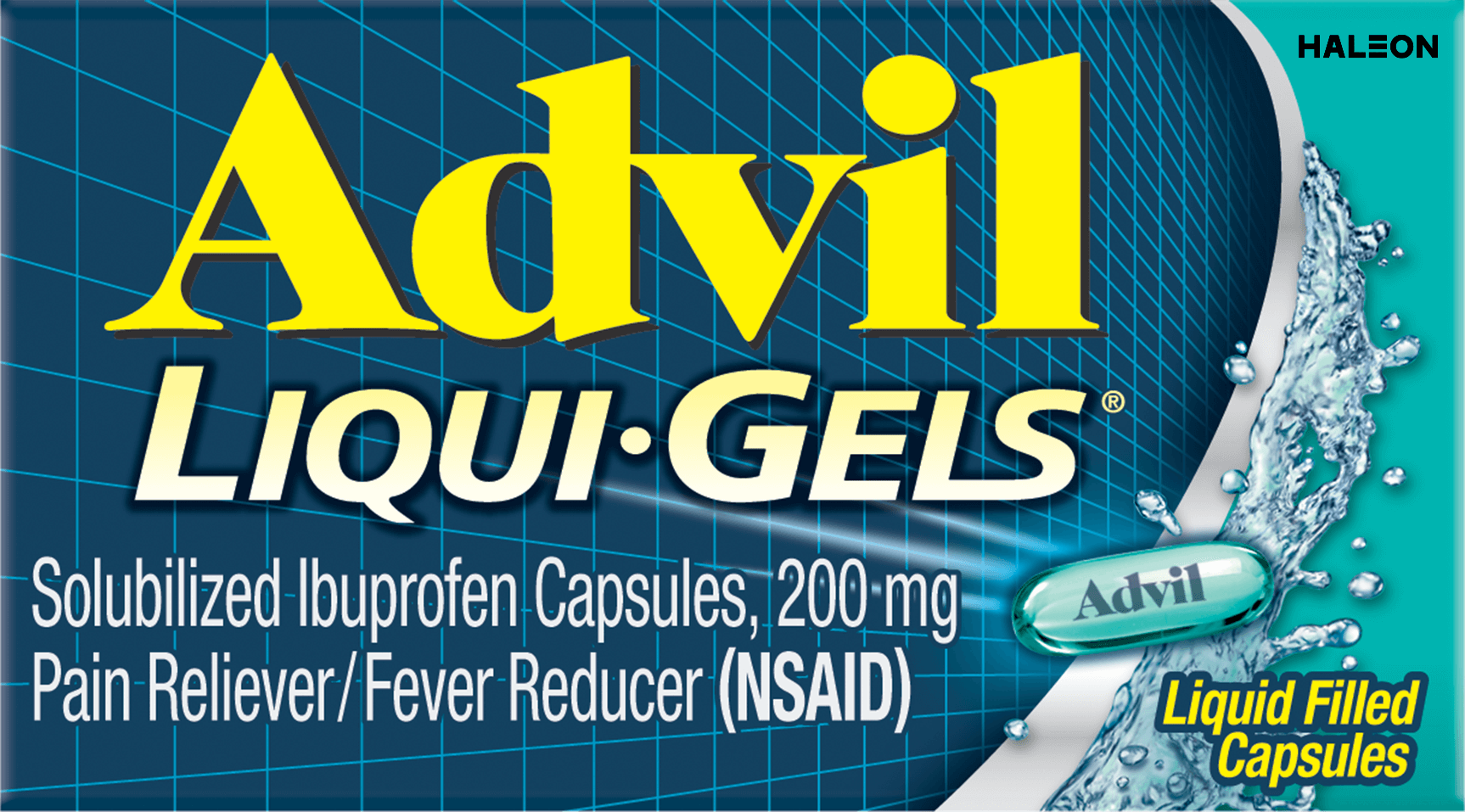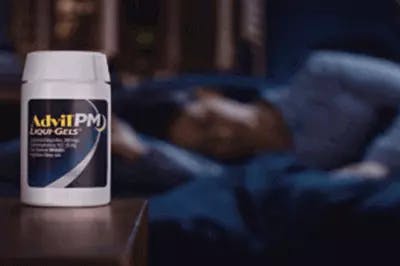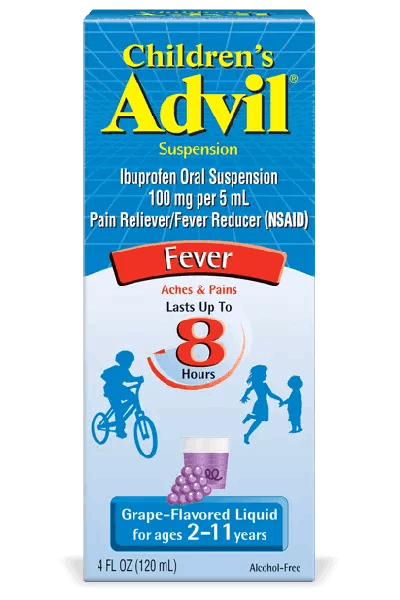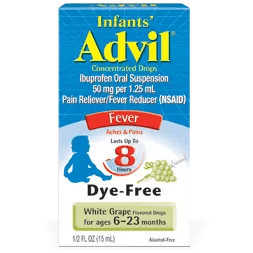Getting Yourself Moving
Muscle Aches & Pains
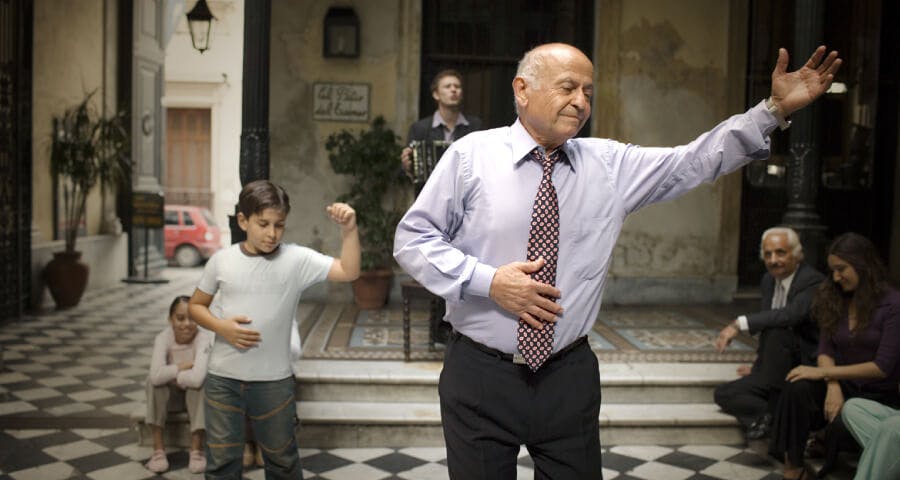
"Fitness" can be defined in many ways depending on your goals, your current level of activity and how much time you have available. A program that includes aerobic exercise, resistance training and stretching will give you the greatest overall health benefits. But if you can't do it all, don't sweat it. This is the latest health advice: doing 30 minutes of moderate-intensity physical activity over the course of a day can add up to significant health benefits. The important thing is to do something, as opposed to nothing.
If you can do more, that’s terrific! The following sections will help you select activities to build a well-rounded, efficient and safe routine. Before you jump into any fitness activity, though, check “The Basics” for some crucial points that will help you get the gain without the pain.
Be sure to consult a healthcare professional before beginning an exercise regimen.
The basics: principles for pain-free fitness
Delayed, onset muscle soreness is pain or discomfort often felt 24 to 72 hours after exercising. Perhaps the two most important things to remember for pain free fitness are: WARM UP FIRST, COOL DOWN LAST. These two crucial steps, with stretching as an element integral to both, will help you improve your health through fitness without suffering unnecessary pain or injury.
Warm up first
How?
- Two to five minutes of low-level aerobic activity prior to your workout, starting slowly and gradually increasing in intensity.
- Gentle, static stretching exercises that work the major muscle groups.
Why?
- Increases your body temperature to literally warm up muscle fibers. Warm muscles, tendons and ligaments are more fluid, so they stretch and contract more easily, which helps make them stronger and decreases the risk of injury.
- Gets the heart pumping faster, which helps increase blood flow to muscles.
Cool down last
How?
- Two to five minutes of continued mild activity after exercise, gradually decreasing in intensity.
- Slow stretching exercises to re-stretch the muscles.
Why?
- Gradually slows down the heart's pumping action to prevent blood from pooling in lower muscles, which reduces blood flow to the heart and brain that causes faintness—or worse.
- Can prevent muscle stiffness and soreness by re-stretching muscles that are shortened during exercise.

